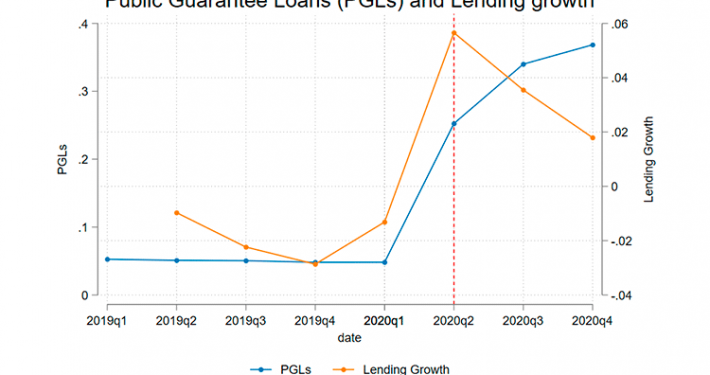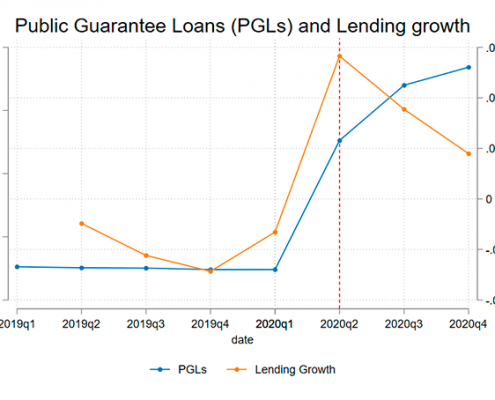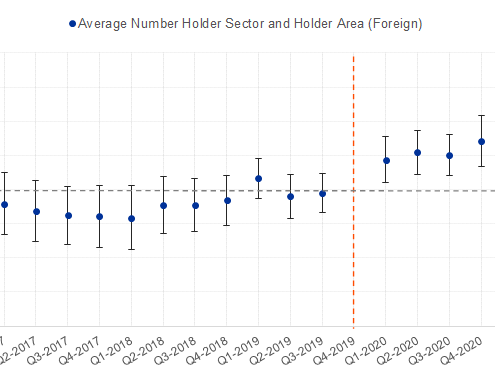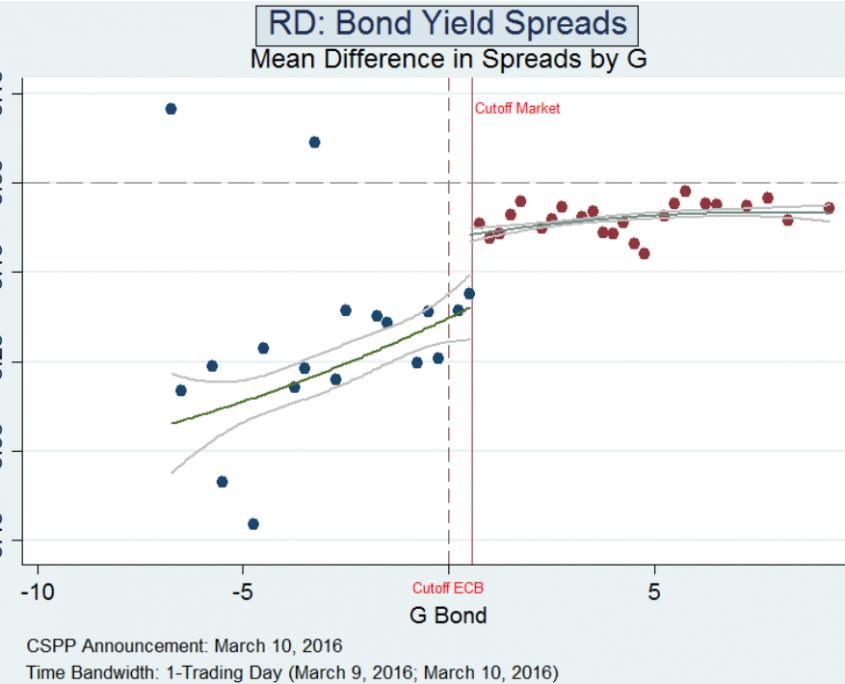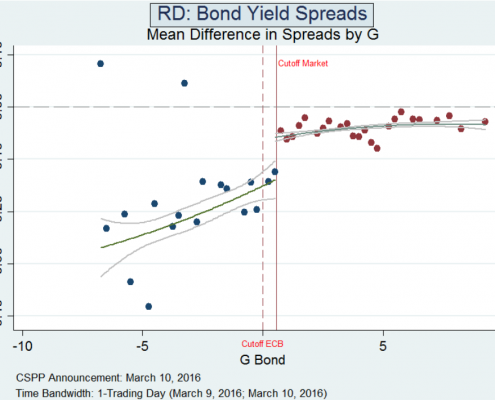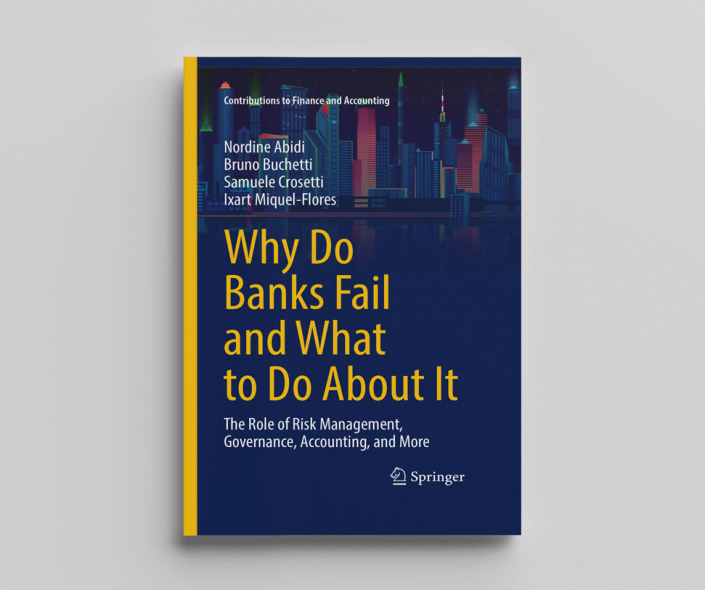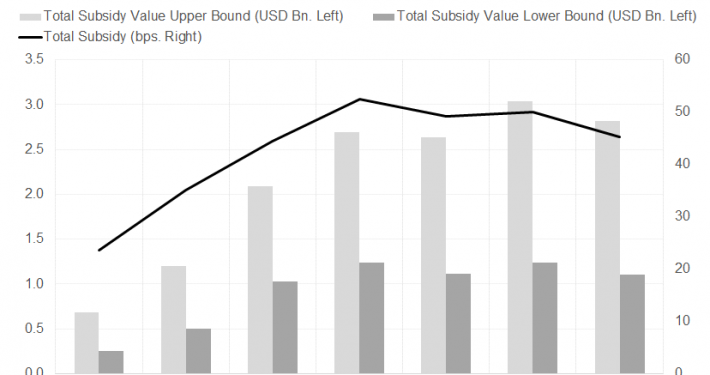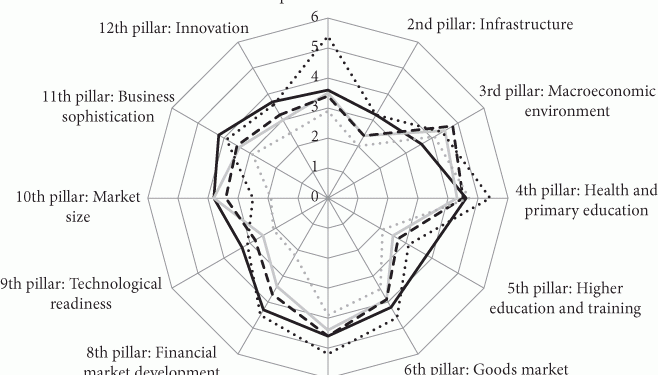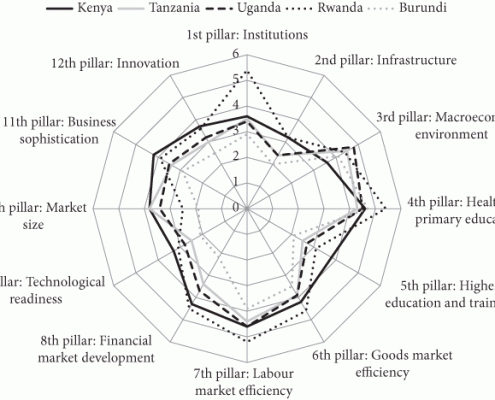Monetary Policy, Finance, Regulation, Technology, Financial Stability
I am a doctoral candidate in the Finance Department at Frankfurt School of Finance & Management. During Autumn 2022, I will be a visiting PhD student to the department of Finance in The University of Chicago Booth School of Business. I use modern applied econometric methods to understand the effects and consequences of monetary policy, financial regulation and new technologies on the banking sector and other macro-financial stability issues. I am focused on producing policy-relevant studies.
I actually conduct my research in the European Central Bank, where I have been working since 2016. There I acquired experience in different fields such as Monetary Policy as well as Banking Supervision (Crisis Management, Market Risk & Valuation Inspections and Quantitative Risk Analysis in the context of Market Risk Stress Testing). I have recently joined the Banking IT Risk Inspections team, where I will be working on IT, cyber and digital security topics.
My research has been the focus of articles in reputable newspapers such as the Financial Times and Les Échos, as well as blogs such as Quantpedia and the Oxford University Business Law Blog. I have obtained the 2018 Best Paper Award by the European Capital Markets Institute and the 2018 Young Economist Best Academic Paper Award, by the Unicredit Foundation.


